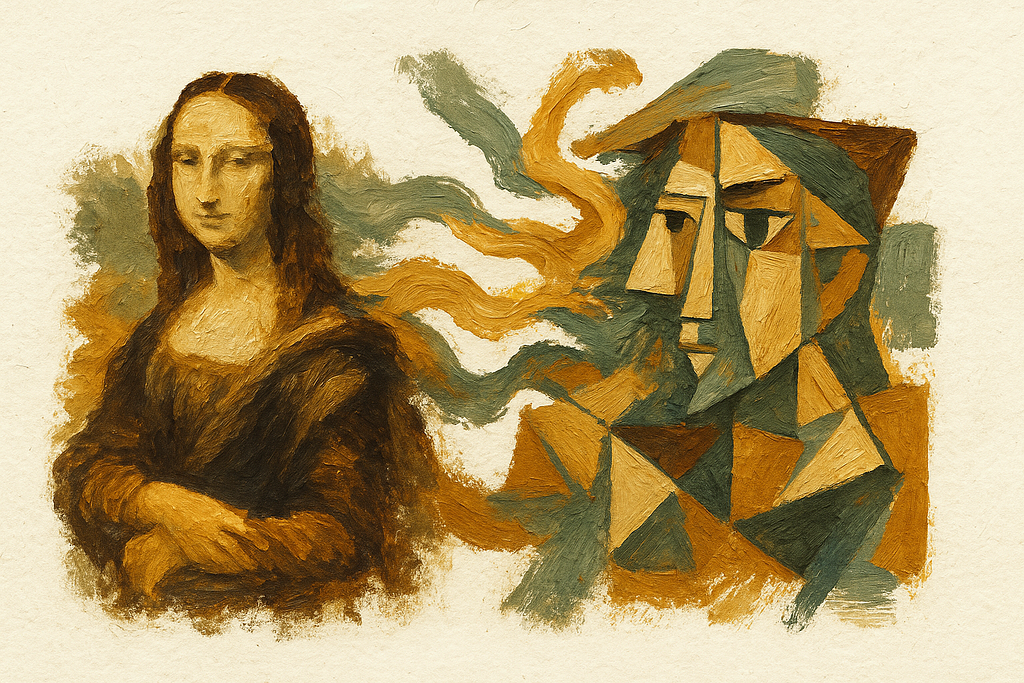The End of Coding as We Know It

In 1839, Louis Daguerre’s invention, the daguerreotype, was unveiled to the world as a gift from France to humanity. Imagine how incredible this must have seemed back then. It captured people’s imaginations because it could produce a lifelike image in minutes. Painters had spent centuries perfecting realism, but suddenly, a machine could do it better and faster. If a machine could capture reality perfectly, then what was left for artists to do? People genuinely wondered if painting would become obsolete.
It didn’t. Instead, it changed dramatically.
Before photography, artists like Rembrandt and Vermeer were celebrated for their incredible ability to depict realistic detail. The transformation unfolded over decades. In the 1870s, Impressionism emerged. Artists such as Monet, Degas, and Renoir started painting impressions, moods, and sensations instead of precise details. Later, post-impressionists like Van Gogh took things further, using colour and form to express emotion and imagination. By the early 20th century, painters like Picasso, Dalí, and Matisse had moved even further from realism. They embraced abstraction, symbolism, surrealism, and vivid personal expression. Photography didn’t kill painting. Instead, it pushed artists to try something different.
This transformation sped up significantly as photography became more affordable and accessible. By the late 19th and early 20th centuries, families began capturing birthdays, holidays, and simple daily moments with their own cameras. People no longer needed an artist to create portraits or capture special moments. Realism was commonplace, prompting artists to explore deeper questions, emotions, and abstract concepts. The role of art shifted from recording reality to interpreting life itself.
We’re now experiencing a similar transformation in the world of software development. Generative AI can handle writing code, translating documents, automating tests, and even debugging. Tasks that once took developers hours can now be done in seconds. Tools like GitHub Copilot or ChatGPT assist developers every day, turning complex coding tasks into quick prompts. It really feels like things are changing.
Much like painters in the 19th century, today’s developers are being nudged into new territory. If AI can easily handle all the technical bits, I wonder what exactly developers might focus on next? Probably the bigger, more human questions. It won’t be about knowing every coding syntax or recreating known patterns. Instead, developers might find themselves clearly defining problems, thoughtfully designing systems, ethically managing data, and creating user experiences that genuinely connect with people.
We already see this change taking place. Developers are using AI to prototype apps quickly, creatively visualise data, and develop innovative tools that wouldn’t have been possible before. The emphasis is shifting from how something is built to why it’s built and who it’s built for.
Photography made realism commonplace, pushing artists toward meaning and expression. Similarly, generative AI is making code production easy, pushing developers toward purpose-driven innovation. Some people naturally worry about losing traditional skills. That’s understandable. Yet just as artists didn’t disappear, we won’t either. We’ll adapt, like people always do, shifting from purely technical tasks to something more creative, more strategic. Asking the right questions, guiding AI effectively, and shaping outcomes meaningfully will matter far more than manual coding.
We’re not witnessing the end of coding. We’re witnessing the end of coding as we’ve known it. And just as happened with art, that’s exactly when things start to get interesting.